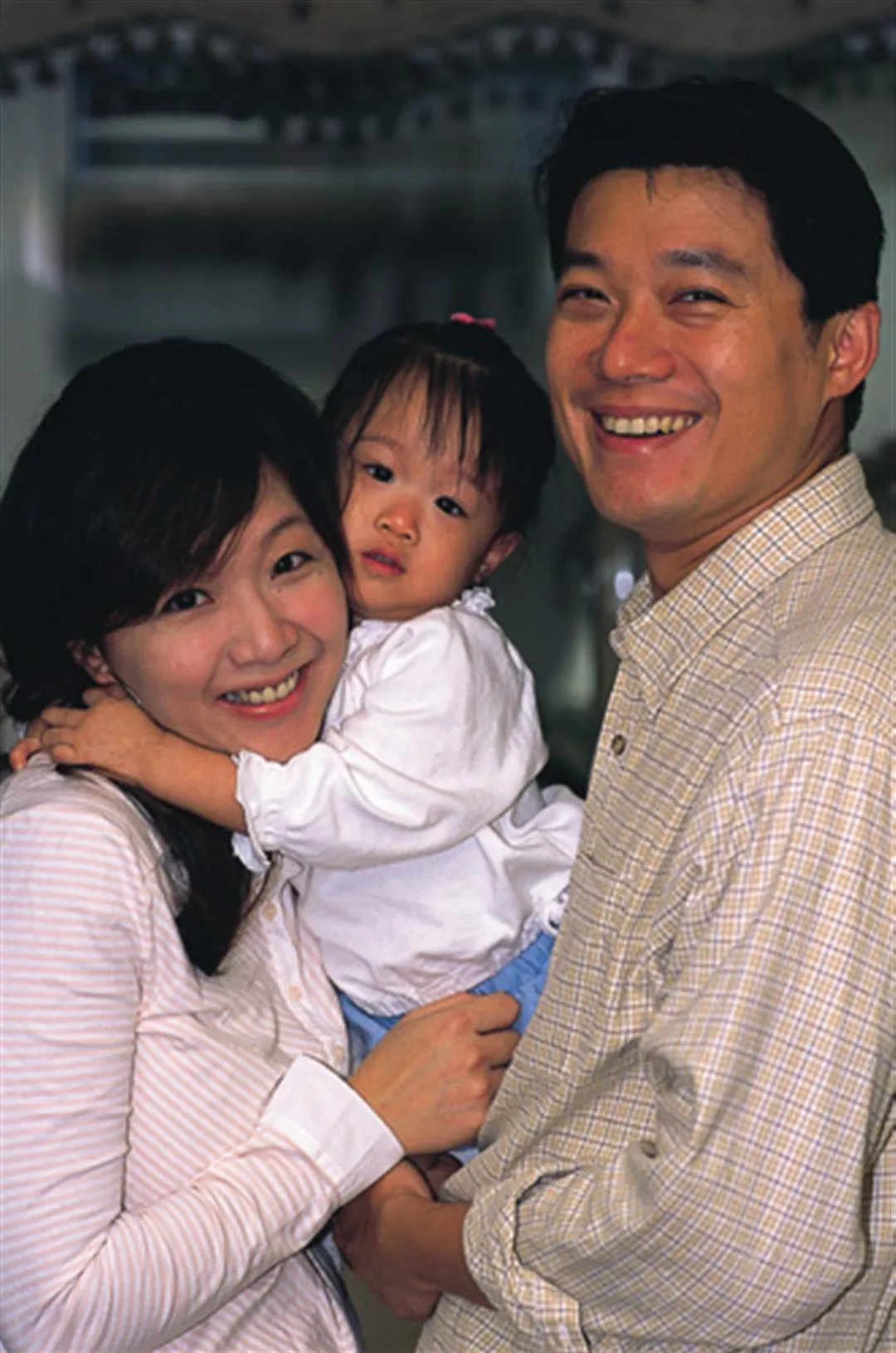Forewarned is forearmed
Current stem cell research is proceeding vigorously, and researchers are preparing for the battles to come with great expectations. Yet will the results be like that of the "gene therapy" of some years ago, which created waves in the medical community and which patients eagerly hoped for, but which after repeated failures on the verge of success, has become increasingly restrained and has gradually faded from the public consciousness?
Current statistics on cord blood banks show that the usage ratio for cord blood is very low, estimated at one in 20,000. The ratio for using one's own cord blood is even lower, and such storage is for the most part for peace of mind.
"The rate for using one's own cord blood is practically zero," says Lin candidly. Autologous cord blood can save the life of a very young child suffering from a grave illness, but once the child's body weight passes 30 kg, the stem cell count in the cord blood is not enough to save his life.
But some people are placing hope in the future. Perhaps one day, stem cells from the placenta and other tissues can be harvested for their hyperplasia traits. Then cell count will no longer be a problem.
"Professional tilers leave a number of tiles with the customer in case they're needed for repair in the future. But what about human life? No matter how much money you have, you can't fight death," says Chang.
In 1995 there was a tragic incident involving radiation in a classroom at Yungchun Elementary School. In 2000, after four students from the same class died from blood cancer, a fifth student, surnamed Hsieh, was stricken with leukemia, and died waiting for a bone marrow match. "Several cord banks had opened around Taiwan in 1999 in hopes that such a painful tragedy would never happen again once the idea of storing cord blood became commonplace," says Chang with a sigh.
At the current stage in research, cord blood is not yet all-powerful, but as medical science advances, maybe one day we won't be able to do without it.
Tzu Chi Stem Cells Center
http://www2.tzuchi.org.tw/tc-marrow/html/cord.htm
Information line: (03) 8561825 ext. 3359 or 3707
Taiwan Blood Services Foundation
http://www.blood.org.tw/index.php
Service line: 0800-099519
Koo Foundation Sun Yat-sen Cancer Center
http://www.kfsyscc.org/index.php?menu_id=1453
Tel.: (02) 28970011
StemCyte Inc.
http://www.stemcyte.com.tw/
Information line: 0800-808080
Umbilical cord blood Q&A
Q: What is umbilical cord blood?
A: Cord blood is blood found inside the veins of the umbilical cord and the placenta, and is collected after a baby's umbilical cord is cut but while the placenta is still inside the mother.
Q: Whose blood is cord blood? What is it used for?
A: The blood in the umbilical cord and placenta belong to the baby; it's different from the mother's blood. Since the blood contains stem cells, it can be used clinically to treat illnesses.
Q: What diseases can a cord blood transplant treat?
A: Cord blood transplants can be a substitute for bone marrow transplants, and can be used to treat over 30 blood and metabolic diseases. These include aplastic anemia, Cooley's anemia, leukemia, myelodysplastic syndrome, mucopolysaccharidosis and osteopetrosis.
Q: How much does it cost to store cord blood?
A: For a 20-year period, storage generally costs between NT$70,000 and NT$200,000. Prices differ according to storage method and category, such as twin-bag storage (for donation and self-use), storage in two locations, and whether just the blood is stored or the umbilical cord and placenta are stored as well. After 20 years, the cord blood becomes the property of the child. It has yet to be determined how this will be handled when the time comes.
新增網頁1

Although the usage rate of one's own stored cord blood is next to zero, as technology advances, more parents who have the resources will save cord blood for the future.